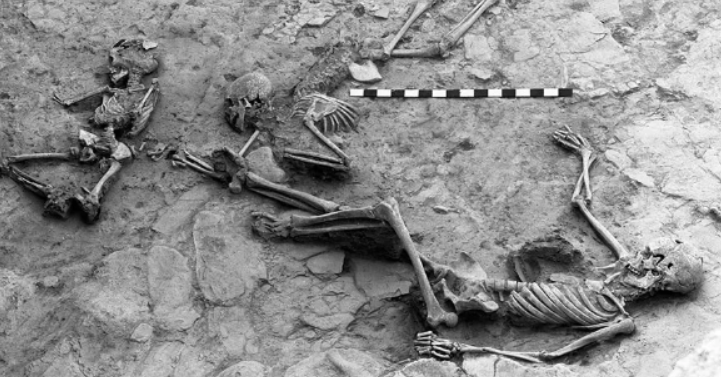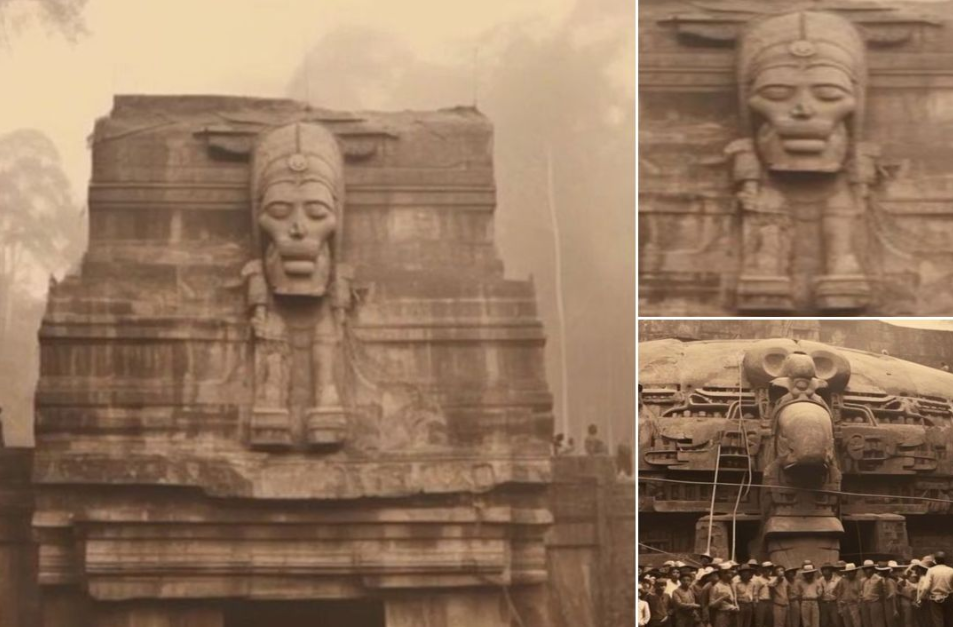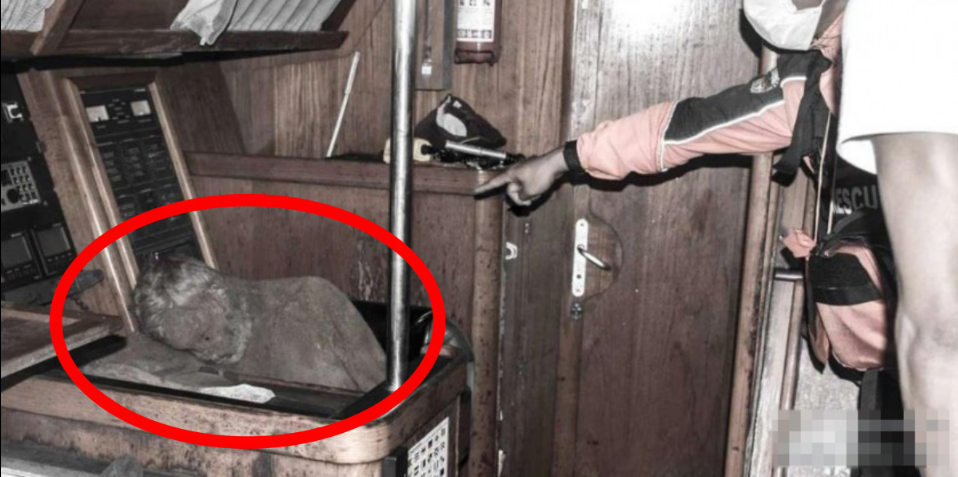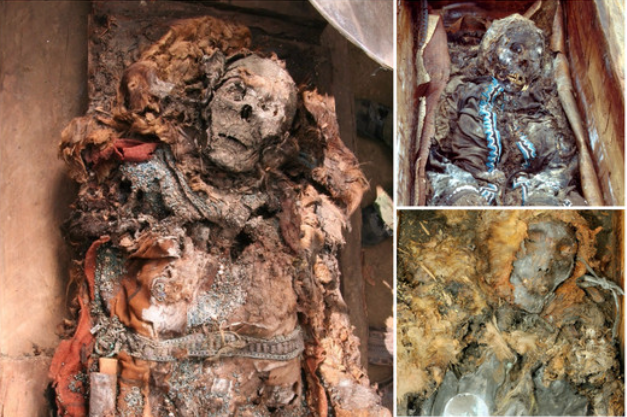
“Stunning find: 2,200-year-old female mummy discovered inside tree trunk, adorned with elegant clothing and jewelry”
A Celtic woman, who died 2,200 years ago, shows tribal respect by being buried with luxury clothing and jewelry. Scientists reveal that Iron Age Celts practiced deep ‘tree coffin’ burials for their tribal members.
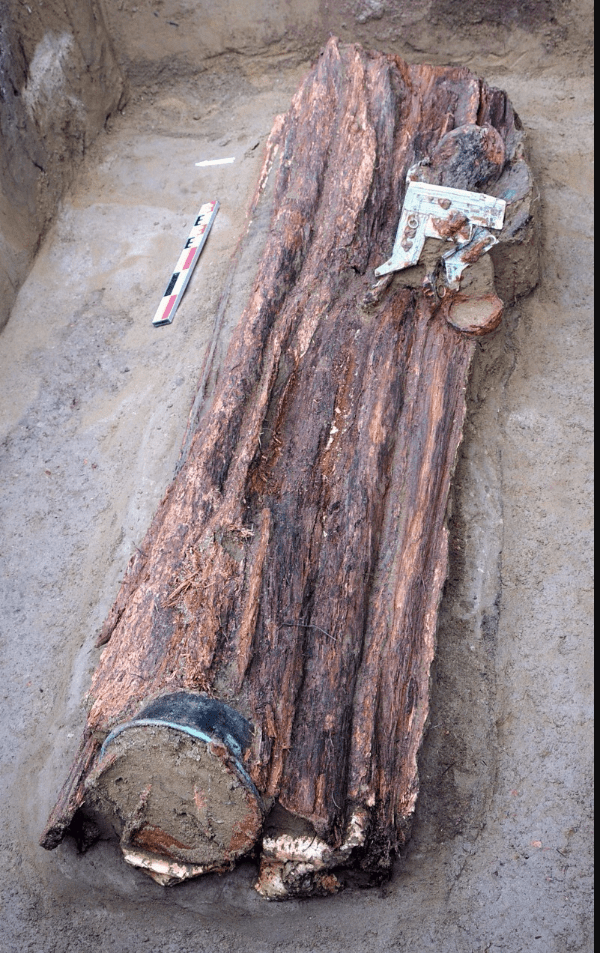
The woman’s remains were found in the city of Zurich in 2017, according to Live Science.
Clad in a fine wool dress and shawl, a sheepskin coat, and a necklace made of glass and amber beads, researchers believe she performed little or no hard work while she was alive. It is estimated that she was around 40 years old when she died, and an analysis of her teeth indicated that she had a very sweet tooth.
Adorned with bronze bracelets and a bronze belt chain with iron clasps and pendants, this woman was not part of the lower social strata. Analysis of her bones showed that she grew up in what is now Zurich, probably in the Limmat Valley.
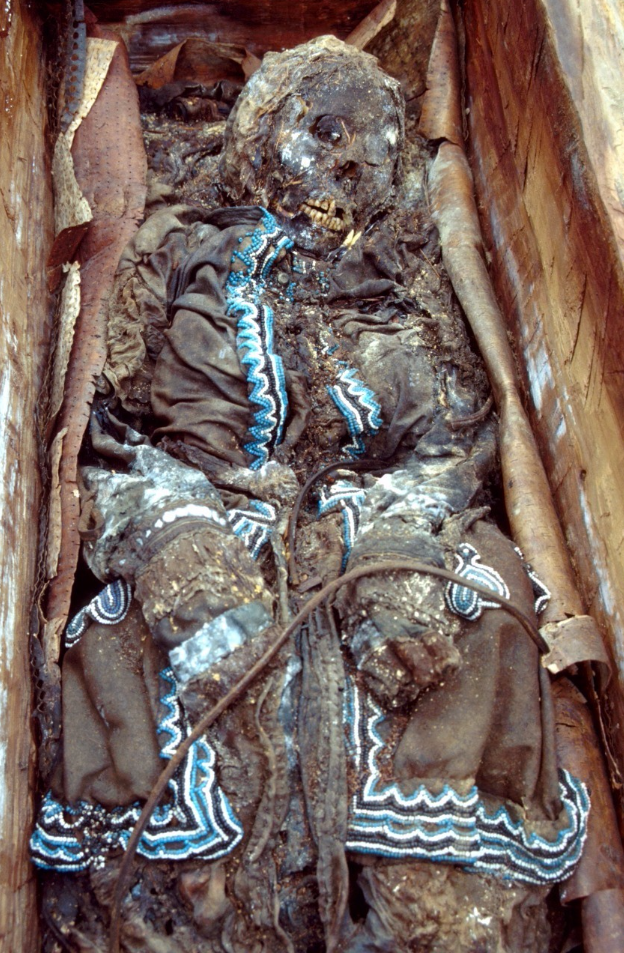
The most impressive thing, besides its clothing and accessories, is the hollowed trunk ingeniously fixed in a coffin. It still had its outer bark intact when construction workers stumbled upon it, according to the initial 2017 statement from the Zurich Urban Development Office.
While all the immediate evidence (the remains of an Iron Age Celtic woman, her puzzling accessories and clothing, the highly creative coffin) is very interesting on its own, researchers have discovered much more to delve into since 2017.
According to The Smithsonian, the discovery site has been considered an archaeologically important place for quite some time. However, most of the previous finds here only date back to the 6th century AD
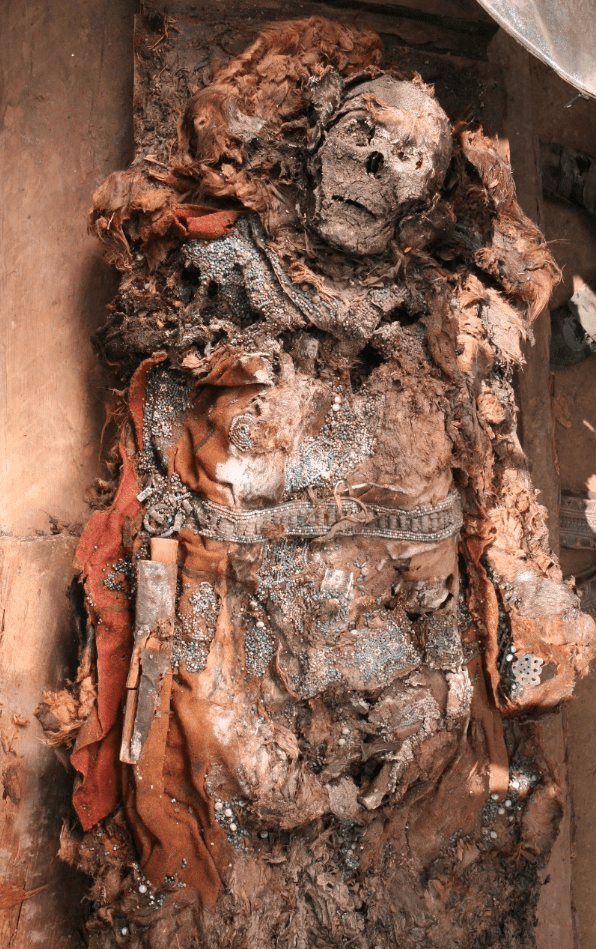
The only exception appears to have occurred when construction workers found the grave of a Celtic man in 1903. They were in the process of building the school complex’s gymnasium, the Office of Urban Development said when they discovered the man’s remains buried next to a sword, a shield and spear.
Researchers are now seriously considering that, because the Celtic woman’s remains were found just 80 meters from the man’s burial site, they probably knew each other.
Experts have claimed that both figures were buried in the same decade, a claim the Office of Urban Development said was “quite possible.”
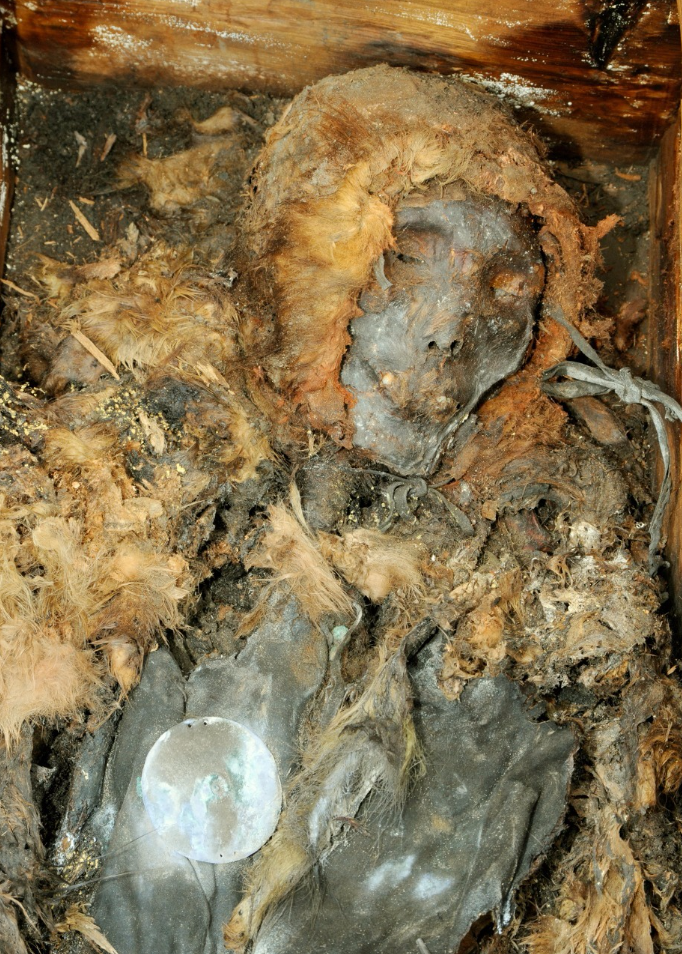
Although archaeologists previously found evidence that a Celtic settlement dating back to the 1st century BC. C. lived nearby, researchers are pretty sure that the man found in 1903 and the woman found in 2017 belonged to a smaller, separate community that has not yet been fully discovered.
The department’s 2017 press release stated that investigators would begin a thorough evaluation of the grave and its contents, and by all accounts, they have done just that.
The archaeologists rescued and preserved all relevant elements and materials, exhaustively documented their research, and performed physical and isotopic examinations on the woman.
Most impressive to the experts was the woman’s necklace, which had quite impressive clasps on both ends.
The office said its completed evaluation “paints a fairly accurate picture of the deceased” and the community in which she lived. Isotope analysis showed that she was buried in the same area where she grew up.
While the Celts are generally thought to have been indigenous to the British Isles, they lived in many different parts of Europe for hundreds of years. Various clans settled in Austria and Switzerland, as well as other regions north of the Roman Empire.
Curiously, from 450 BC. C. until 58 BC. C. (exactly the same period in which the Celtic woman and man were buried) a “wine-drinking, gold-designing, poly/bisexual, naked warrior culture” flourished in Switzerland called La Tène. Neuchâtel Lake Region.
That was until Julius Caesar launched an invasion of the area and began his conquest of western and northern Europe. In the end, it seems that the Celtic woman received a rather kind and loving burial and left the Earth with her most precious belongings by her side.
